Insights
How to Approach School + Community Partnerships
By Dan Obrynba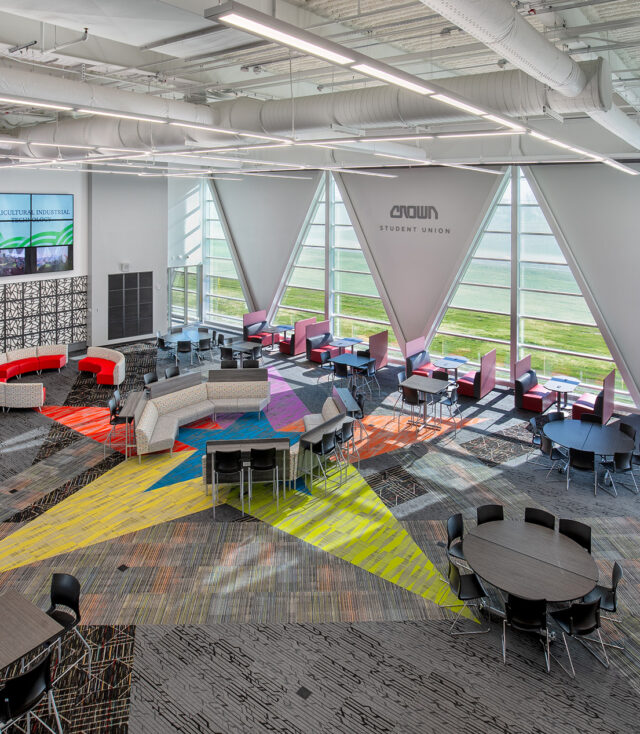
For many communities, the local school district is more than just its education system. Often, schools provide social safety net services ranging from health and wellness to community activities or entertainment. However, in order to meet the vast array of district needs, school leaders need to get creative with facility planning and, in many cases, funding. This is where community partners come to play.
School + Community Partnerships
Schools can collaborate with public and private entities for mutually beneficial partnerships to develop shared use spaces. These partnerships help schools provide space and/or services to students that may not be feasible on their own or within the district’s budget. The shared facilities build rapport within the community for taxpayers who may not directly see their ROI in school funding. In addition to providing branding and PR opportunities, these partnerships can assist businesses looking to attract and develop talent for their hiring needs. The facilities and programs that grow from these partnerships allow schools a tangible way to say thank you to their communities.
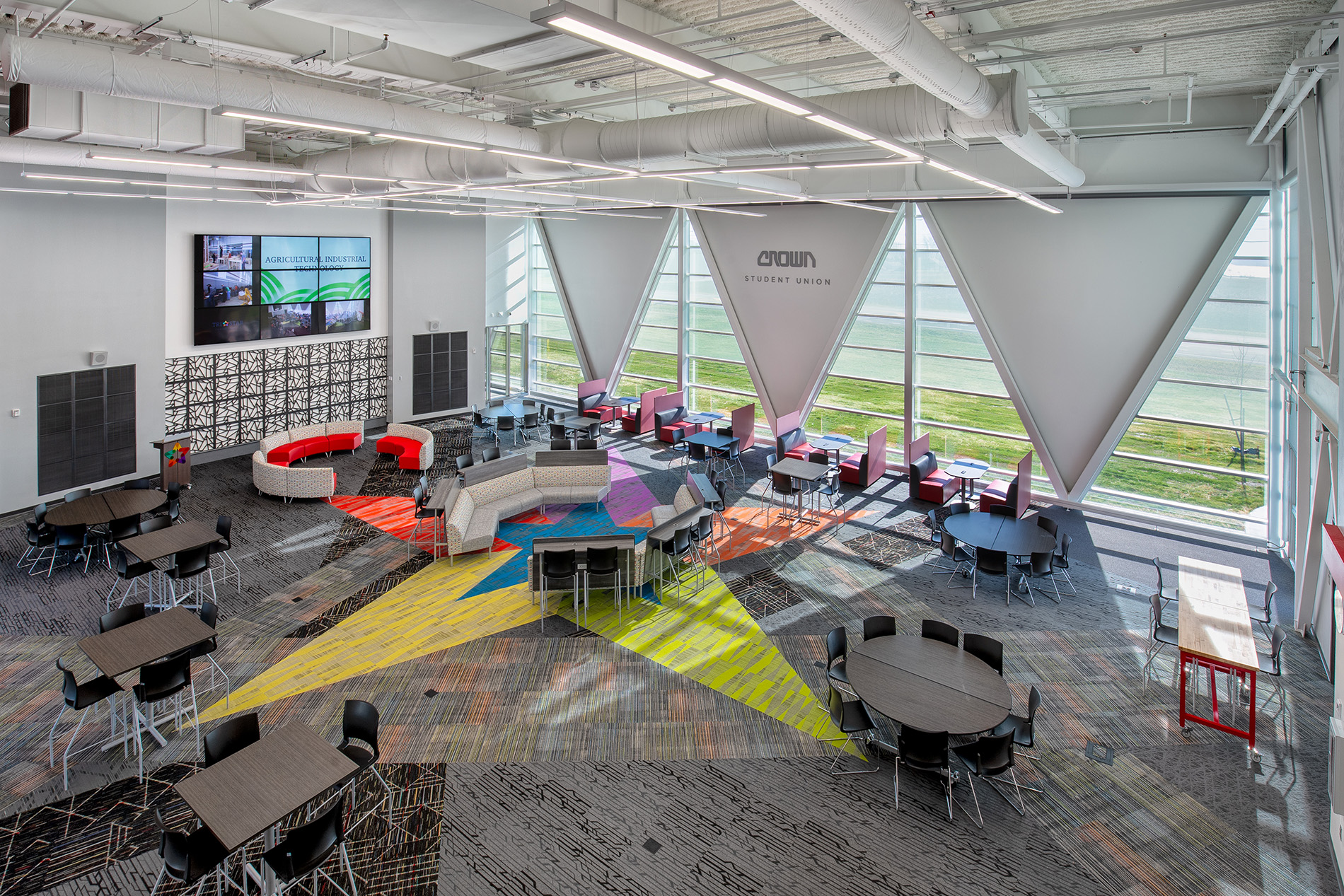
- Steps to Building Community Partnerships
- Identify the needs, wants and dreams of your district.
- Consider how you can leverage facilities to meet the needs of your city, your neighbors and community partners.
- Engage your School Board and district stakeholders to explore potential collaborations in their network.
- Meet with city councils, local business chambers and other community groups to discover potential partnership opportunities.
Types of Facilities to Pursue Community Collaboration
Community partnerships can serve a variety of district needs. Several types of facilities are well suited for a community partnership including, athletics and fitness spaces, wellness and healthcare centers, career tech learning environments and arts and community facilities. With the right partner and designer, you can provide shared-use spaces that are safe and effective.
Fitness & Athletics
Athletic facilities such as gyms, weight rooms, natatoriums, indoor tracks, and fieldhouses present great opportunities for community use. High school natatoriums, when designed with the community in mind, can provide space for swimming lessons and aqua therapy. Facilities that function to provide athletic training can co-function as community exercise spaces. For example, when carefully integrated with a school campus, fieldhouses become an invaluable center of student activity and a ‘workhorse’ space for both the school and the community.
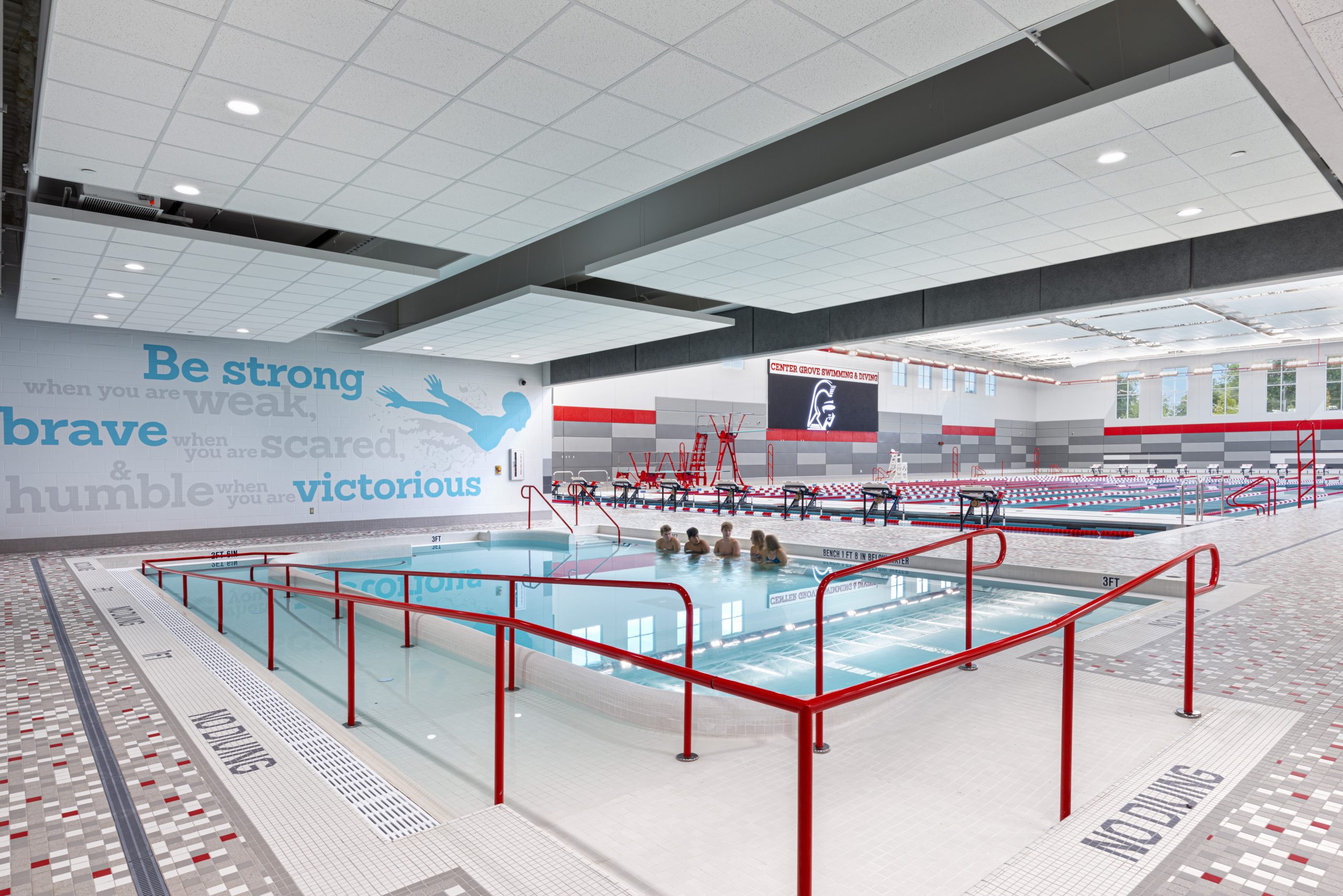
Wellness & Health
Healthcare partnerships can fill a public health need for both students and the community. In some cases, that means providing a well-staffed healthcare clinic on-site, such as the student health clinic at Middletown High School. Others integrate healthcare services within a large wellness facility or student activity center.

In one of our earlier partnership-driven designs, Medina High School included innovative partnerships with the City of Medina and Medina General Hospital to create a new recreation center. The partnership with the City enables residents to use the center on a regular basis, while the hospital offers health and wellness education and physical rehabilitation programs. Students benefit from consultations with hospital staff on health and fitness issues, as well as access to hospital-owned equipment and information resources. The recreation center includes a fieldhouse, a competition pool, a leisure pool, a fitness center, community rooms, childcare and support facilities.
Career Tech
Career Technical Education spaces such as robotics labs, welding labs and other specialty learning environments are industry-driven and supported by local economic needs. For the Tri-Star Career Compact in Celina, OH, several community partnerships helped provide insight for the design of technical spaces, and one local business donated machinery for the robotics lab. Students have highly professional spaces to learn technical skills that local businesses need.
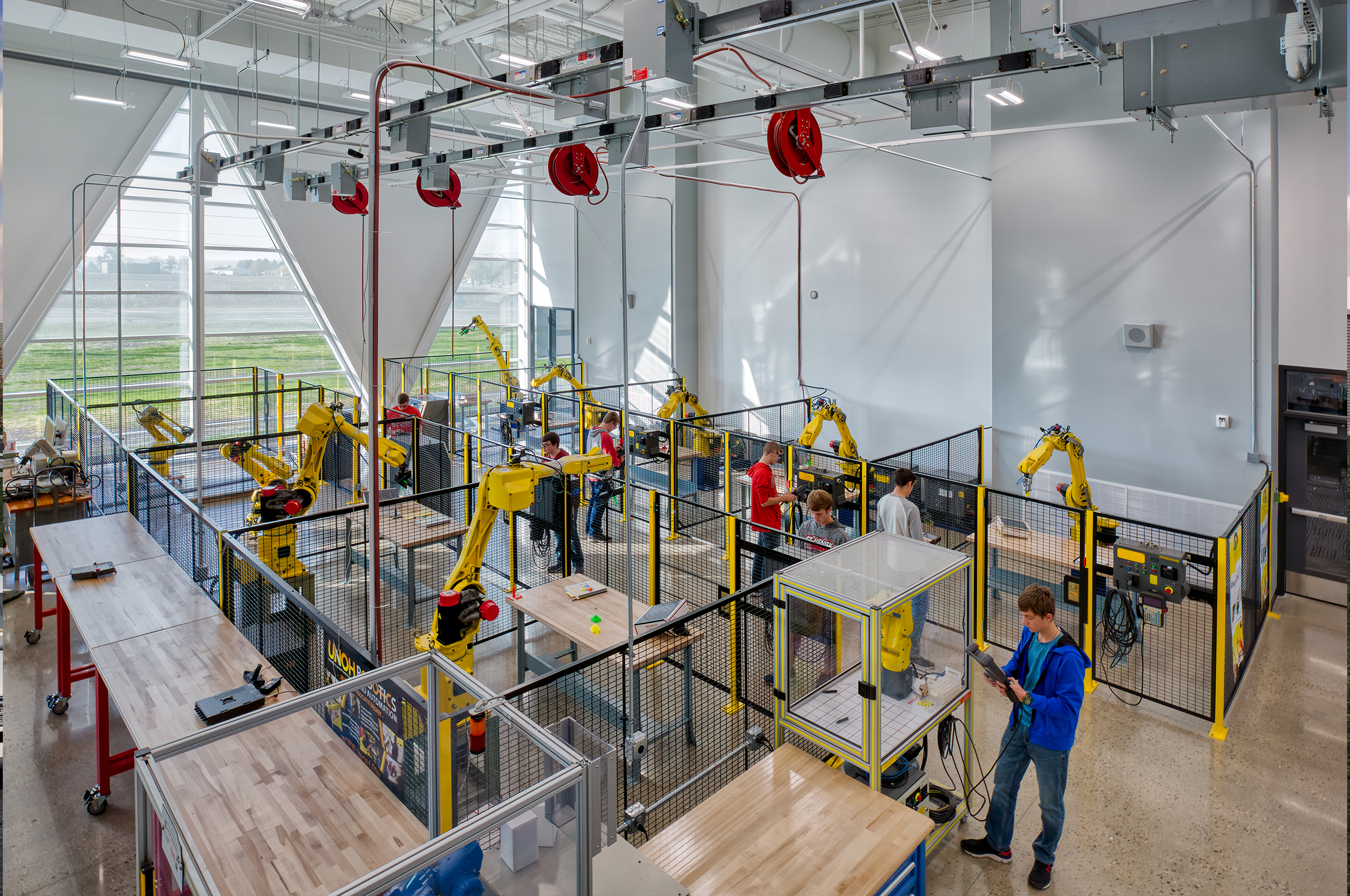
Arts & Community
For communities in need of meeting, alternative learning and performance spaces, schools are a prime location for those community venues. Partnerships can range from performing arts sponsors with branding displayed in auditoriums or practice facilities to public entities like libraries resource sharing with schools for space and materials. Additionally, common use spaces such as community meeting rooms or community accessible classrooms are perfect for schools to provide educational outreach.
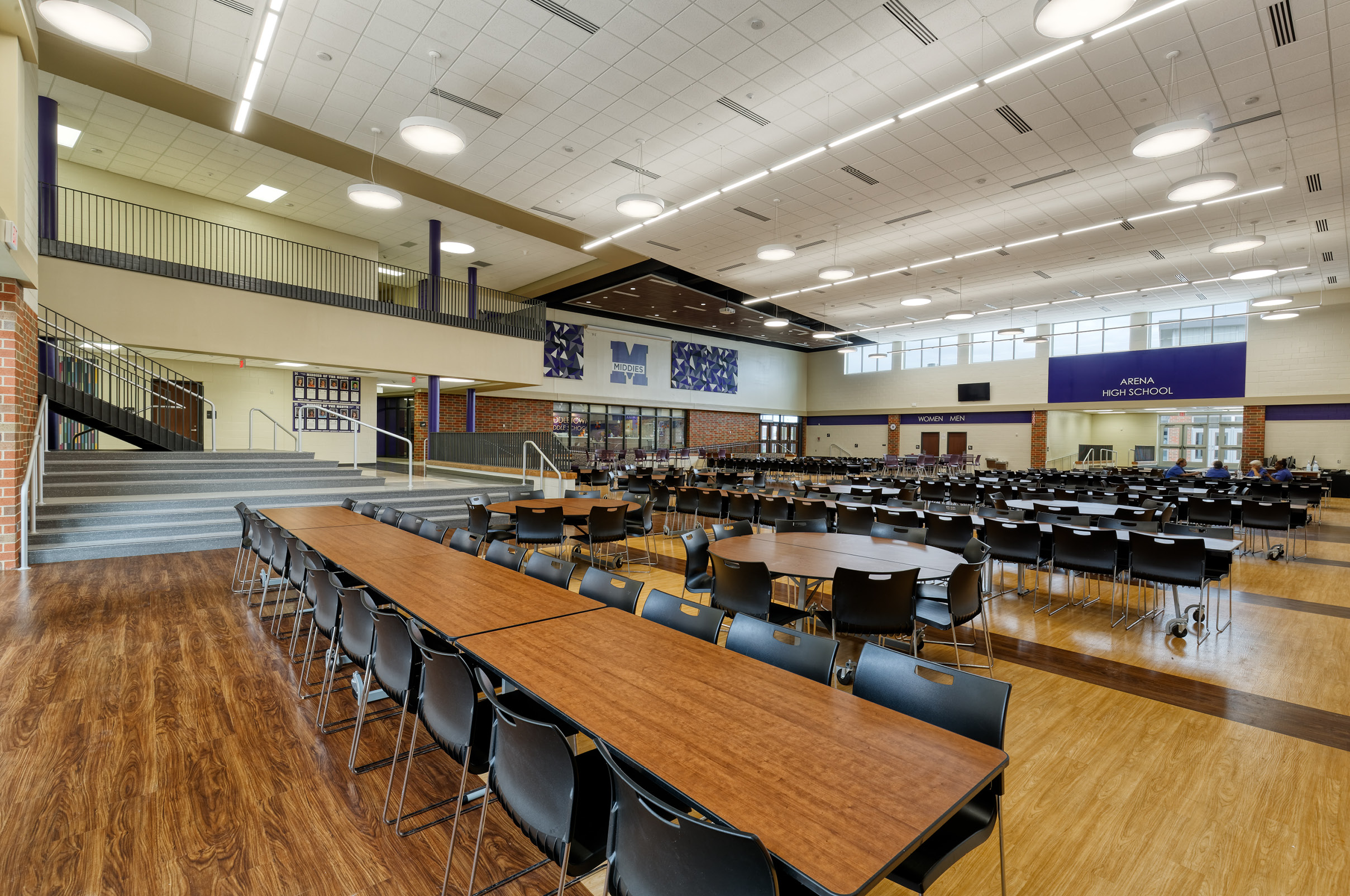
We believe that the schools are an extension of the community, and should therefore benefit all residents. School and Community partnerships can help districts enhance educational offerings, improve community resources and achieve their facility dreams.
New Carmel Natatorium Featured in Indy Star
By Zachary SprungerThe new Carmel High School natatorium was featured in the Indianapolis Star. As the designers for the state-of-the-art facility, the Fanning Howey team loves hearing how the project is serving the Carmel swim community. Some
Full ArticleAligning Auditoriums With 21st Century Learning
By Steven HerrAuditoriums were historically highly-desired in schools both large and small. More recently, many new schools are being designed without them, instead relying on flexible spaces that are used for multiple functions. A common solution is
Full ArticleEsports Facilities for Student Engagement
By Steven HerrAs competitive esports becomes a viable career path, educators across the country are embracing these gaming trends and expanding esports programming at their schools. Schools that have adopted esports are already seeing the benefits. According
Full Article